Russian drone manufacturer Geoscan announced the release of the country’s first school textbook on operating unmanned aerial vehicles (UAVs), now integrated into the federal curriculum for 8th and 9th graders. Published in partnership with Prosveshcheniye, Russia‘s largest educational publisher, the textbook aims to equip young students with practical drone skills as part of a broader national initiative to train 1 million drone operators by 2030, according to Geoscan’s official statement.
A New Era in Drone Education
Titled Unmanned Aerial Vehicles: 8th and 9th Grades, the textbook introduces students to Drone Technology through the “Labor (technology)” subject, specifically within the robotics module. Geoscan designed the content to be hands-on, covering electronic components, flight fundamentals, programming autonomous missions, and professional applications of UAVs.
“We approached the creation of this textbook… based on 14 years of experience in drone development and eight years in educational robotics,” said Mikhail Lutsky, head of educational projects at Geoscan. “This isn’t dry theory — it’s tested material that we’ve turned into an understandable, ready-to-use course.”
The curriculum aligns with Russia’s “Personnel for Unmanned Aircraft Systems” project, led by the Ministry of Education. This initiative targets training at 523 schools and 30 colleges across Russia, focusing on regions like Moscow and St. Petersburg, where 30,000 university students already began drone courses in 2023, according to The Moscow Times. By 2030, the program aims to create a skilled workforce capable of operating drones for both civilian and military applications.
Technical Focus and Industry Relevance
The textbook emphasizes practical skills for modern UAV operations. Students learn to assemble and program drones, focusing on autonomous flight algorithms and real-world applications like aerial mapping and surveillance. These skills reflect the growing role of drones in industries such as agriculture, logistics, and defense. For instance, drones equipped with sensors can map areas as large as 247 acres (100 hectares) in a single flight, a capability increasingly vital for precision farming and infrastructure monitoring.
Russia’s push for Drone Education also responds to its strategic needs. Since the 2022 invasion of Ukraine, both nations have heavily relied on combat drones for reconnaissance and strikes, highlighting the demand for skilled operators. Geoscan, which holds a 10% stake from a foundation linked to Katerina Tikhonova, President Putin’s daughter, operates under U.S. sanctions but continues to drive domestic UAV innovation.
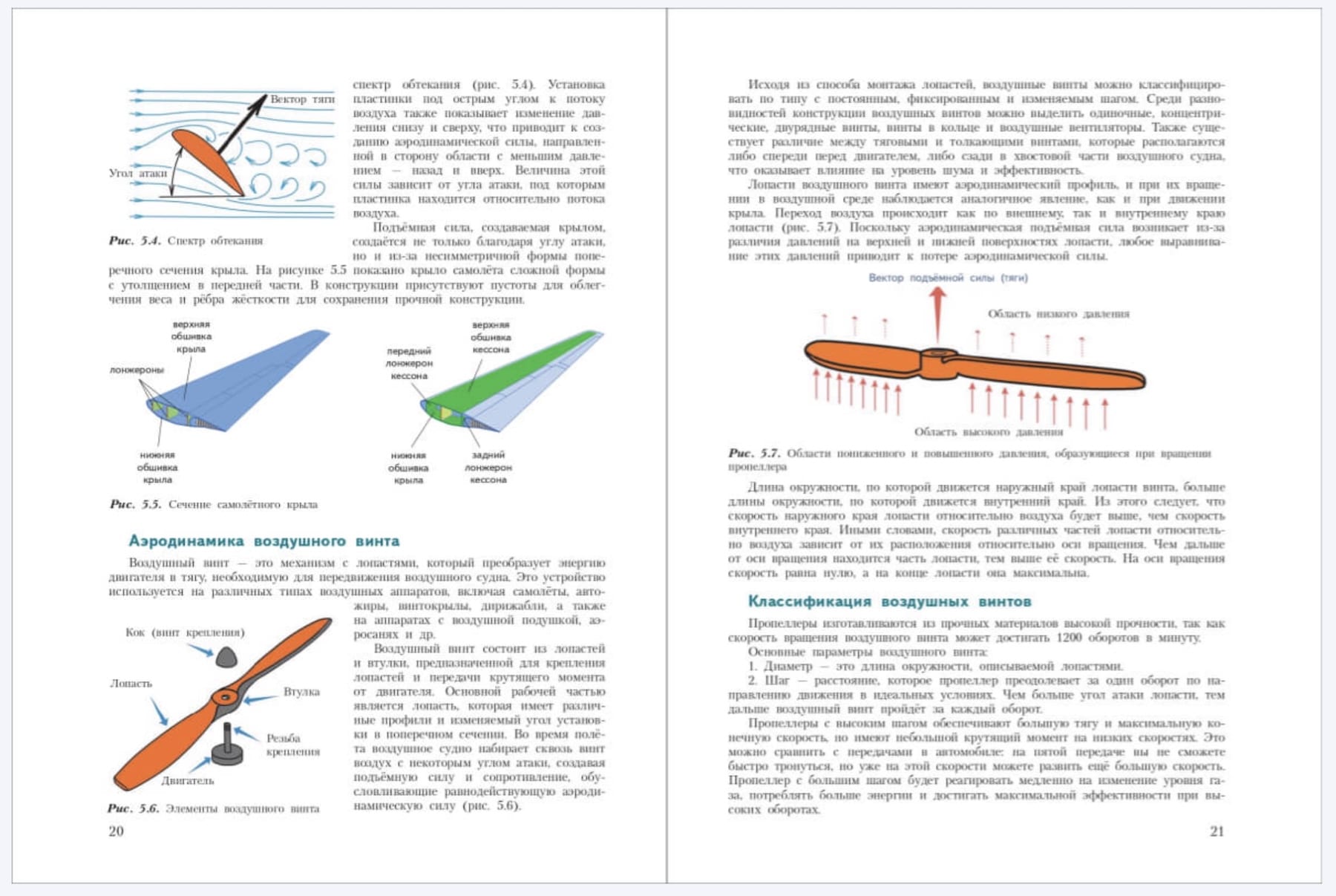
Implications for Drone Professionals Globally
Russia’s initiative signals a shift in how nations approach drone education, potentially setting a precedent for standardized UAV training in schools worldwide. For drone professionals and recreational pilots, this development underscores the importance of early education in fostering technical expertise. However, it also raises concerns about the militarization of drone skills, as Russian schoolchildren have been introduced to basic combat drone operations since 2023.
Economically, a million trained operators could position Russia as a leader in the UAV market, challenging Western dominance. Operationally, the focus on autonomous flight programming may accelerate advancements in swarm technology, where multiple drones coordinate tasks—a feature already transforming search-and-rescue missions and military tactics. For instance, swarm drones can cover distances of up to 62 miles (100 kilometers) in coordinated flights, enhancing efficiency in large-scale operations.
Looking Ahead
As drone technology evolves, education systems globally may need to adapt, balancing civilian innovation with regulatory oversight. Russia’s program, while ambitious, highlights the dual-use nature of UAVs, prompting professionals to monitor how such initiatives shape the industry’s future. With the textbook now in classrooms, the next few years will reveal how effectively Russia can scale its vision into a skilled drone workforce.
Photos courtesy of S. Kiselev / Moskva News Agency
Discover more from DroneXL.co
Subscribe to get the latest posts sent to your email.
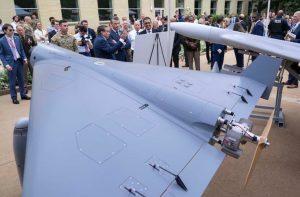
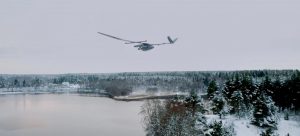



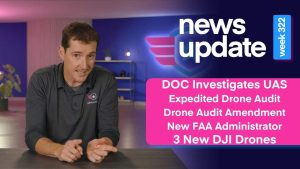
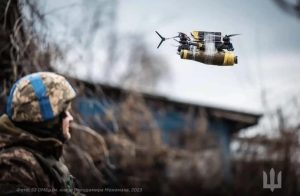




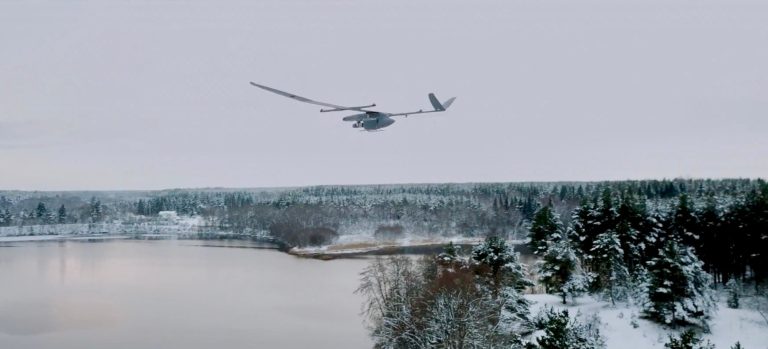
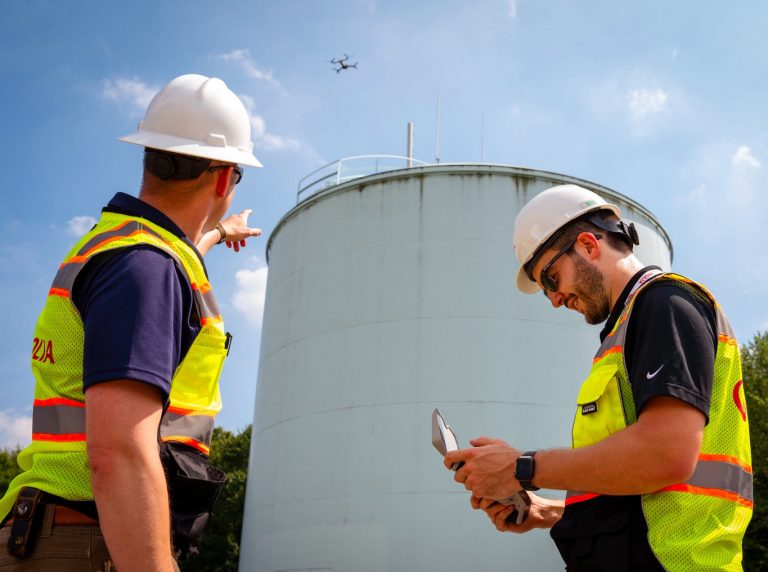
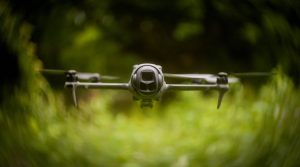
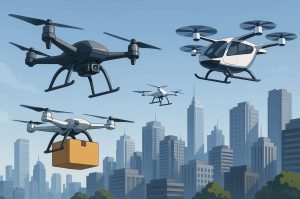



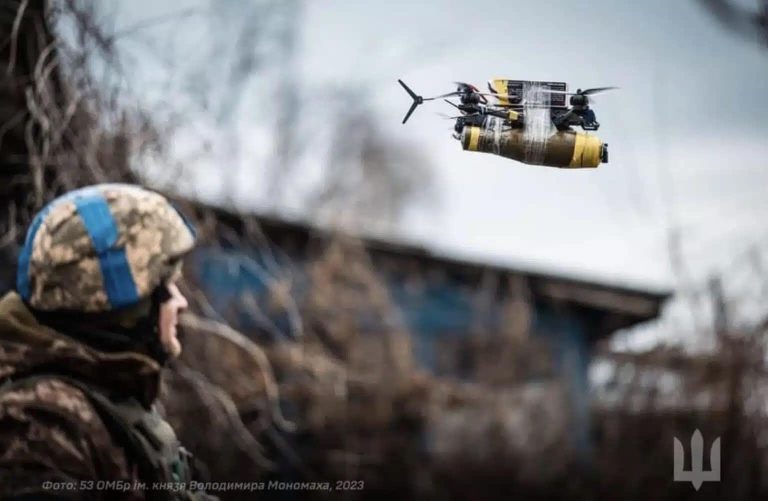

+ There are no comments
Add yours